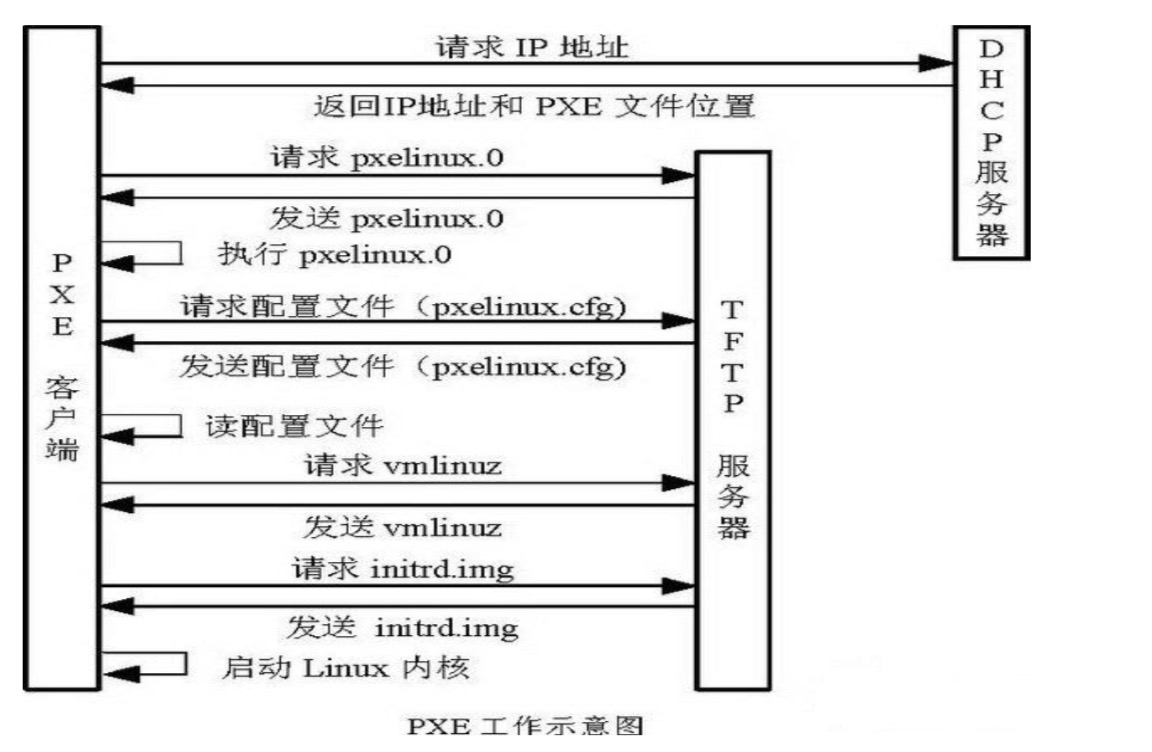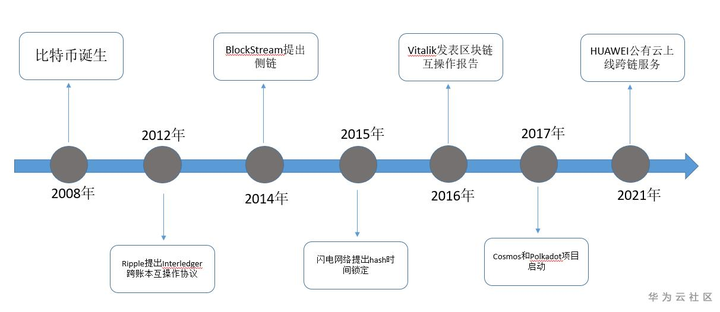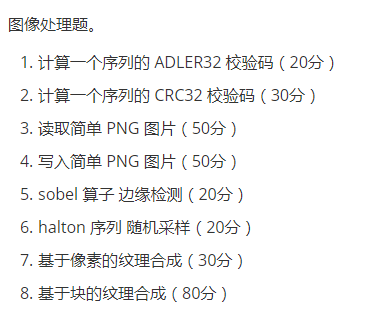可以将文章内容翻译成中文,广告屏蔽插件可能会导致该功能失效(如失效,请关闭广告屏蔽插件后再试):
问题:
When I convert a factor to a numeric or integer, I get the underlying level codes, not the values as numbers.
f <- factor(sample(runif(5), 20, replace = TRUE))
## [1] 0.0248644019011408 0.0248644019011408 0.179684827337041
## [4] 0.0284090070053935 0.363644931698218 0.363644931698218
## [7] 0.179684827337041 0.249704354675487 0.249704354675487
## [10] 0.0248644019011408 0.249704354675487 0.0284090070053935
## [13] 0.179684827337041 0.0248644019011408 0.179684827337041
## [16] 0.363644931698218 0.249704354675487 0.363644931698218
## [19] 0.179684827337041 0.0284090070053935
## 5 Levels: 0.0248644019011408 0.0284090070053935 ... 0.363644931698218
as.numeric(f)
## [1] 1 1 3 2 5 5 3 4 4 1 4 2 3 1 3 5 4 5 3 2
as.integer(f)
## [1] 1 1 3 2 5 5 3 4 4 1 4 2 3 1 3 5 4 5 3 2
I have to resort to paste to get the real values:
as.numeric(paste(f))
## [1] 0.02486440 0.02486440 0.17968483 0.02840901 0.36364493 0.36364493
## [7] 0.17968483 0.24970435 0.24970435 0.02486440 0.24970435 0.02840901
## [13] 0.17968483 0.02486440 0.17968483 0.36364493 0.24970435 0.36364493
## [19] 0.17968483 0.02840901
Is there a better way to convert a factor to numeric?
回答1:
See the Warning section of ?factor:
In particular, as.numeric applied to
a factor is meaningless, and may
happen by implicit coercion. To
transform a factor f to
approximately its original numeric
values, as.numeric(levels(f))[f] is
recommended and slightly more
efficient than
as.numeric(as.character(f)).
The FAQ on R has similar advice.
Why is as.numeric(levels(f))[f] more efficent than as.numeric(as.character(f))?
as.numeric(as.character(f)) is effectively as.numeric(levels(f)[f]), so you are performing the conversion to numeric on length(x) values, rather than on nlevels(x) values. The speed difference will be most apparent for long vectors with few levels. If the values are mostly unique, there won't be much difference in speed. However you do the conversion, this operation is unlikely to be the bottleneck in your code, so don't worry too much about it.
Some timings
library(microbenchmark)
microbenchmark(
as.numeric(levels(f))[f],
as.numeric(levels(f)[f]),
as.numeric(as.character(f)),
paste0(x),
paste(x),
times = 1e5
)
## Unit: microseconds
## expr min lq mean median uq max neval
## as.numeric(levels(f))[f] 3.982 5.120 6.088624 5.405 5.974 1981.418 1e+05
## as.numeric(levels(f)[f]) 5.973 7.111 8.352032 7.396 8.250 4256.380 1e+05
## as.numeric(as.character(f)) 6.827 8.249 9.628264 8.534 9.671 1983.694 1e+05
## paste0(x) 7.964 9.387 11.026351 9.956 10.810 2911.257 1e+05
## paste(x) 7.965 9.387 11.127308 9.956 11.093 2419.458 1e+05
回答2:
R has a number of (undocumented) convenience functions for converting factors:
as.character.factoras.data.frame.factoras.Date.factoras.list.factoras.vector.factor- ...
But annoyingly, there is nothing to handle the factor -> numeric conversion. As an extension of Joshua Ulrich's answer, I would suggest to overcome this omission with the definition of your own idiomatic function:
as.numeric.factor <- function(x) {as.numeric(levels(x))[x]}
that you can store at the beginning of your script, or even better in your .Rprofile file.
回答3:
The most easiest way would be to use unfactor function from package varhandle
unfactor(your_factor_variable)
This example can be a quick start:
x <- rep(c("a", "b", "c"), 20)
y <- rep(c(1, 1, 0), 20)
class(x) # -> "character"
class(y) # -> "numeric"
x <- factor(x)
y <- factor(y)
class(x) # -> "factor"
class(y) # -> "factor"
library(varhandle)
x <- unfactor(x)
y <- unfactor(y)
class(x) # -> "character"
class(y) # -> "numeric"
回答4:
Note: this particular answer is not for converting numeric-valued factors to numerics, it is for converting categorical factors to their corresponding level numbers.
Every answer in this post failed to generate results for me , NAs were getting generated.
y2<-factor(c("A","B","C","D","A"));
as.numeric(levels(y2))[y2]
[1] NA NA NA NA NA Warning message: NAs introduced by coercion
What worked for me is this -
as.integer(y2)
# [1] 1 2 3 4 1
回答5:
It is possible only in the case when the factor labels match the original values. I will explain it with an example.
Assume the data is vector x:
x <- c(20, 10, 30, 20, 10, 40, 10, 40)
Now I will create a factor with four labels:
f <- factor(x, levels = c(10, 20, 30, 40), labels = c("A", "B", "C", "D"))
1) x is with type double, f is with type integer. This is the first unavoidable loss of information. Factors are always stored as integers.
> typeof(x)
[1] "double"
> typeof(f)
[1] "integer"
2) It is not possible to revert back to the original values (10, 20, 30, 40) having only f available. We can see that f holds only integer values 1, 2, 3, 4 and two attributes - the list of labels ("A", "B", "C", "D") and the class attribute "factor". Nothing more.
> str(f)
Factor w/ 4 levels "A","B","C","D": 2 1 3 2 1 4 1 4
> attributes(f)
$levels
[1] "A" "B" "C" "D"
$class
[1] "factor"
To revert back to the original values we have to know the values of levels used in creating the factor. In this case c(10, 20, 30, 40). If we know the original levels (in correct order), we can revert back to the original values.
> orig_levels <- c(10, 20, 30, 40)
> x1 <- orig_levels[f]
> all.equal(x, x1)
[1] TRUE
And this will work only in case when labels have been defined for all possible values in the original data.
So if you will need the original values, you have to keep them. Otherwise there is a high chance it will not be possible to get back to them only from a factor.
回答6:
You can use hablar::convert if you have a data frame. The syntax is easy:
Sample df
library(hablar)
library(dplyr)
df <- dplyr::tibble(a = as.factor(c("7", "3")),
b = as.factor(c("1.5", "6.3")))
Solution
df %>%
convert(num(a, b))
gives you:
# A tibble: 2 x 2
a b
<dbl> <dbl>
1 7. 1.50
2 3. 6.30
Or if you want one column to be integer and one numeric:
df %>%
convert(int(a),
num(b))
results in:
# A tibble: 2 x 2
a b
<int> <dbl>
1 7 1.50
2 3 6.30
回答7:
late to the game, accidently, I found trimws() can convert factor(3:5) to c("3","4","5"). Then you can call as.numeric(). That is:
as.numeric(trimws(x_factor_var))



